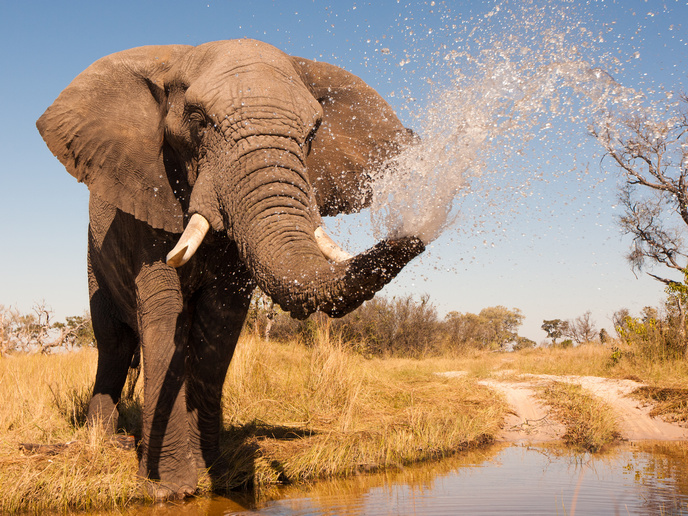Ancient DNA sheds new light on the endangered African elephant
Aboard a Phoenician ship that sank off the coast of Spain nearly 2 500 years ago was a cargo of elephant ivory. While some may view this as a curiosity of history, for others, it’s a rare opportunity to study a trade that continues to have a devastating impact today. “Studying historical ivory that has been imported into Europe over the last 5 000 years can teach us about the history of African elephants, which are currently threatened by extinction, and about the humans who traded them,” explains Patrícia Chrzanová Pečnerová, a former Marie Skłodowska-Curie Actions (MSCA) fellow at the University of Copenhagen. With the support of the STAMPEDE project, which was funded by the MSCA programme, Pečnerová set out to learn where the ivory was sourced from.
Extracting ancient DNA from tusks
The first step was to extract ancient DNA from the tusks, a process that Pečnerová says is like buying a pig in a poke. “It’s basically impossible to predict how much DNA remains and to what extent the ivory has been contaminated by the surrounding environment or handling by humans,” she says. In the case of the sunken Phoenician ship, it turned out that there was a lot of DNA. Unfortunately, the vast majority of it did not belong to elephants. “Luckily, thanks to advanced laboratory techniques and computational analyses of the data, we still managed to retrieve some information about the elephants,” adds Pečnerová. Despite the challenges related to the poor preservation of DNA, Pečnerová was able to plot the samples on a reference map of modern-day elephant diversity, allowing her to identify which species of elephant and from which part of Africa one of the tusks came from. “By generating the reference data set of modern elephant genetic diversity, we provide a resource that is readily available and useful for elephant conservation,” notes Pečnerová.
Collaborating to protect elephants today
That reference data set has since been utilised by the San Diego Zoo Wildlife Alliance which is working to create an atlas of elephant genome diversity across Africa. The Alliance has leveraged the STAMPEDE project’s data on modern-day elephant diversity to create a powerful tool for protecting endangered African elephants. The tool helps biologists identify elephants based on their DNA which, according to an article published by ‘Illumina’, can be matched against historical records of where that herd has been before. This could reveal migration patterns and help people make decisions about, for example, where to build with coexistence in mind – making sure the animals have room to pass by peacefully. “I am proud that my proof-of-concept project shows not only that it’s possible to study elephants in the past, but that having such historical information can be used to help protect elephants today,” concludes Pečnerová. Pečnerová is currently working on developing additional genetic tools that will be applied in on-the-ground elephant monitoring and conservation. She was also recently awarded a Branco Weiss Fellowship to explore the ivory trade more in depth.
Keywords
STAMPEDE, African elephants, DNA, elephant ivory, extinction, biologists



